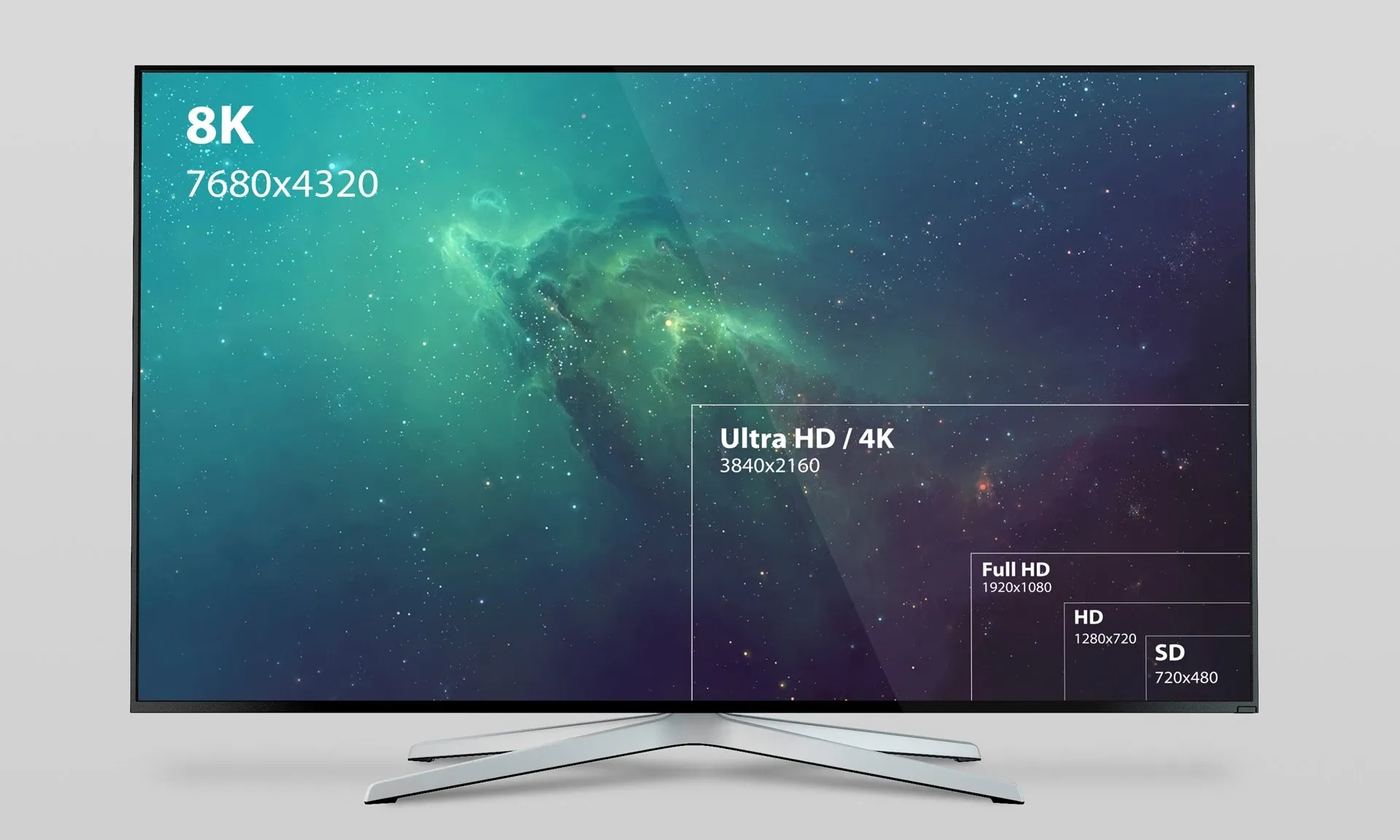When it comes to video, understanding resolutions can be a bit puzzling, especially if you're new to the world of video production. But fear not! In this beginner's guide, we'll unravel the mysteries of video resolutions, from SD to 8K, and explore the magic of AI upscaling.
What is Video Resolution?
Video resolution refers to the number of pixels displayed on your screen and is typically represented as two numbers, such as 1920x1080 or 3840x2160. The first number is the width, while the second number represents the height of the video frame. Simply put, it's all about how detailed your video appears on the screen.
Common Video Resolutions
Let's dive into some commonly used video resolutions:
SD (Standard Definition)
SD resolutions include 480p (720x480) and 576p (720x576). These resolutions are typically used for older TVs and lower-resolution content. They're like the vintage of the video world.
HD (High Definition)
HD resolutions come in 720p (1280x720) and 1080p (1920x1080). These resolutions provide sharper and more detailed images, making them perfect for modern TVs, streaming services, and Blu-ray discs.
Full HD
If you see "Full HD," it essentially means 1080p. They are synonyms. It's the highest resolution in the HD category, offering excellent image quality and widely used for high-quality video playback.
Ultra HD (UHD) or 4K
Ultra HD resolutions include 2160p (3840x2160) and 4K (4096x2160). They provide even greater detail and clarity and are commonly used for high-end TVs, streaming services, and digital cinema.
8K
8K resolution (7680x4320) is the top-tier resolution available for consumer displays. It offers an incredibly sharp and detailed image, but it won't be adopted soon as very little content is shot in 8K resolution and it is very expensive to 8K content over the Internet.
The quality of a video depends on several factors and the resolution is one of the important ones. Higher resolutions generally offer better video quality, but you have too keep in mind the playback device sometimes can't support very high resolutions as 4K or 8K. This is especially true for older smartphones and computers.
If you notice that the video is stuttering and lagging during playback, or even can't be played, it may be a sign the video resolution is too large and your device doesn't have the computing power to play it smoothly. Reducing the video resolution will most likely help with this issue.

AI Upscaling: Elevating Video Resolution
Upscaling video resolution is like giving your video a makeover. It means increasing the resolution to a higher level than its source. This process involves using various algorithms and techniques to add more pixels and enhance the overall image quality.
When a video is upscaled, your software or device analyzes the existing pixels and estimates what additional pixels should be inserted to create a higher-resolution image. This can improve the visual clarity and sharpness of the video.
The effectiveness of upscaling depends on the quality of the upscaling algorithm and the capabilities of your device or software. For example, non-AI algorithms and software will give you lower quality results than the AI powered software and algorithms.
Explore the Magic of TensorPix AI Upscale filters
If you ever find yourself in need of upscaling your video, TensorPix is here to save the day.
With just a few clicks, you can choose between a 400% and 200% AI upscale filters that will increase the video resolution by 4x and 2x respectively. TensorPix uses AI powered uspcaling algorithms so your videos will have the best possible quality after being upscaled.
Be mindful of the symbol $ when selecting AI Upscale filters – it represents the relative cost of AI filters. While 400% AI Upscale will give you more pixels, it will also cost more and and the processing time will be longer.

5 Smart Takeaways
- Video resolutions determine how detailed your video appears on the screen.
- Common resolutions include SD, HD, Full HD, Ultra HD (4K), and 8K.
- Your choice of resolution depends on what you're watching and your playback device's capabilities.
- Upscaling means adding more pixels (increasing resolution) to enhance video quality.
- AI upscaling gives higher quality results compared to non-AI upscaling methods.
In a nutshell, video resolutions play a significant role in your video-watching experience. Whether you're exploring older classics in SD or diving into the crystal-clear world of 8K, understanding resolutions will help you make the most of your video adventures.
Happy watching and creating!


